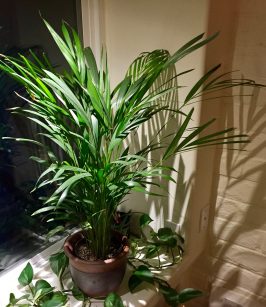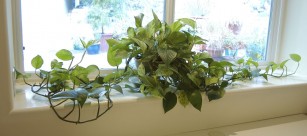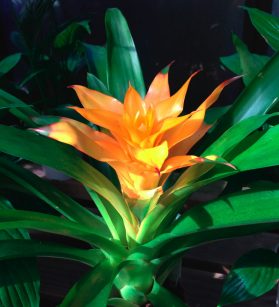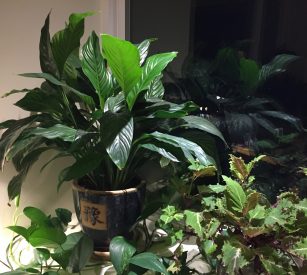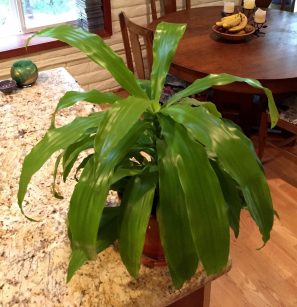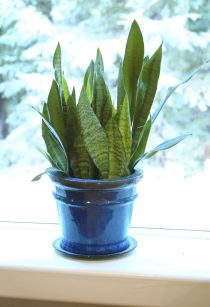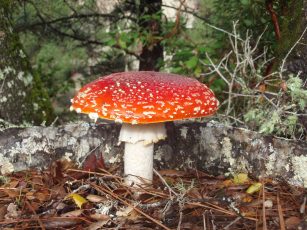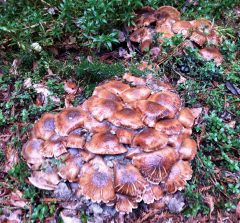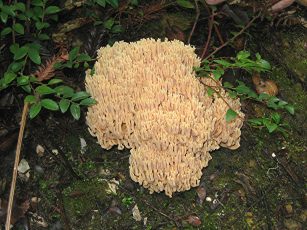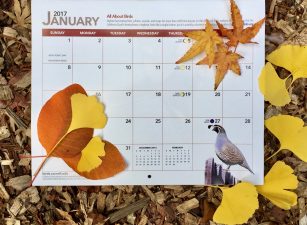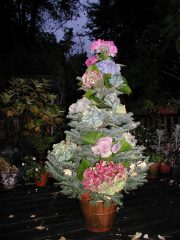Between storms I?ve been scouting for flowering plants that really hold up to pounding rain. Sure pansies, primroses and cyclamen are pretty but they?re looking a bit beat up about now. I have been impressed with many flowering shrubs and trees that are happily blooming despite so much rainfall this winter.
As I write this during another series of storms, my weather station here in Bonny Doon has recorded 85.06 inches of the wet stuff this season with 39.76 inches of that having fallen so far in January alone. I have put out straight sided containers on several occasions to double check my gauge with an old fashion ruler. Yep, the weather station is accurate.
All this rain makes me have even more respect for the flowering plants that are holding up to the weather. These plants are my heroes and you might consider including them in your garden too.
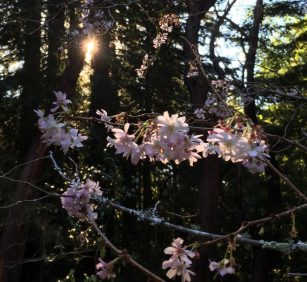
One of my favorite small ornamental trees, blooming several times a year, is the Autumnalis flowering cherry. It blooms in the spring, a little during the summer, again in the early fall and then another round of blossoms show up in December and January. I?m not sure how it got the name Autumnalis ?cause it sure can?t read a calendar. I was afraid I would loose the winter show with so much pounding rain but the pale pink blossoms have come through just fine and and chickadees who land in it before going to the feeder remind me that spring will be here before I know it.
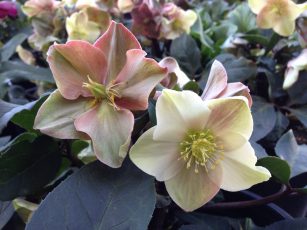
Also here in my own garden the hellebore flowers are holding up well. One of my favorites is called Cinnamon Snow but all of the varieties of this buttercup relative accept wind, rain, cold and less than perfect soil while getting by with only moderate watering in the shady summer garden. Deer aren?t attracted to them either.
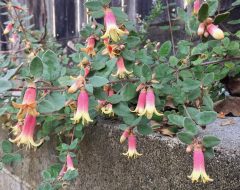
Recently, after seeing a Pink Australian Fuchsia blooming so profusely despite the rain, I decided to add a variegated variety called Correa ?Wyn?s Wonder? to my own garden. Although not related to hybrid fuchsias, the flowers are similar and their nectar will feed the Anna?s hummingbirds. They grow well in dry shade under oaks are deer resistant and drought tolerant.
A favorite of birds and indoor floral arrangers is the evergreen mahonia. Plant a mahonia if you want to attract winter hummingbirds. They are blooming now with bright yellow flower clusters that will last for months. Each flower will set a purple berry looking like a cluster of grapes. The edible berries make good jelly, too. There are 70 varieties of mahonia including our own native Oregon Grape which grows in the understory of Douglas fir forests. Mahonia aquifolium is resistant to summer drought, tolerates poor soil and doesn?t create a lot of leaf litter.
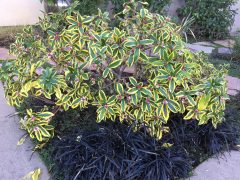
Other tough winter blooming plants include winter daphne, abutilon, witch hazel, edgeworthia, camellia and grevillea. Driving around I?m seeing that the Saucer Magnolia?s don?t mind the pounding rain either. Enjoy color in the garden regardless of what Mother Nature brings our way.

